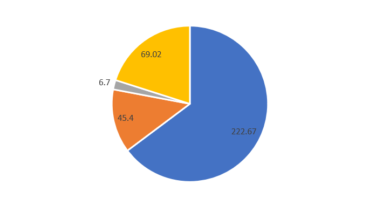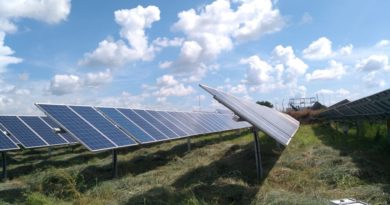Rooftop Solar – A Huge Untapped Solar PV Power Potential
India is gifted with more than 300 sunny days in a year. This in combination with huge unused land as well as other possibilities make the Solar PV power potential monumental.
The subsequent Jawaharlal Nehru National Solar Missions initiated the concept of Solar Parks in almost all the states, but it is mostly situated on land which is not only limited but can also be utilized for some other useful purposes. So, the question is how this huge solar PV power potential in India can be tapped. The answer lies in rooftop solar segment.
The Government of India has a target of 100 GW of Solar PV energy by 2022. The target from rooftop is 40 GW but only 3% has been achieved as per Bloomberg New Energy Finance (BNEF).
The reason is not easy to analyse. On the one hand, India has seen the formation of many rooftop players which has increased the competition and reduced the rate but on the other hand the growth of the market has not happened both organically and inorganically. It is seen that the growth up to some extent has happened in the Commercial & Industrial (C&I) sector but very less in the sectors like residential.
Some of the probable reasons for low growth in residential rooftop solar sector are: –
- Low grid electricity tariff
- Higher system cost- around 44% higher than the C&I sector system cost
- Lack of awareness
- Challenges in net metering which has the real potential to increase the penetration in this sector
- Lack of financial access, etc.
For C&I sector the awareness is coming up as there is possibility of saving around 20-25% of the energy cost. In the day time, around 1/5th to 1/3rd of the energy requirement is met and on holidays the power plant become net exporter which remains as credit and get used later.
The shopping malls in general buy electricity from grid at the rate of Rupees 8-9 per unit and can save around 50% if is taken from Rooftop Solar sources. Another indication of the growth in this sector is that average size of the rooftop project has increased form 250 kW in 2015 to 855 kW in 2018, as per BNEF. Although the Government is trying to increase the rooftop contribution of solar energy generation through various policy measures, some definite reasons of low penetration are as below: –
- Lack of clarity on the net metering program; Net metering is still not mandatory in all states
- No attractive proposition for the residential consumers
- DISCOMs are not keen on promoting rooftop solar projects
The ambitious 40 GW rooftop solar target also means $23 billion investment opportunity; can we ignore it?
References: BNEF_Accelerating India’s Clean Energy Transition, Nov 2017




Pingback: Rooftop Solar PV - Growth & Quality of Work - SolarPost